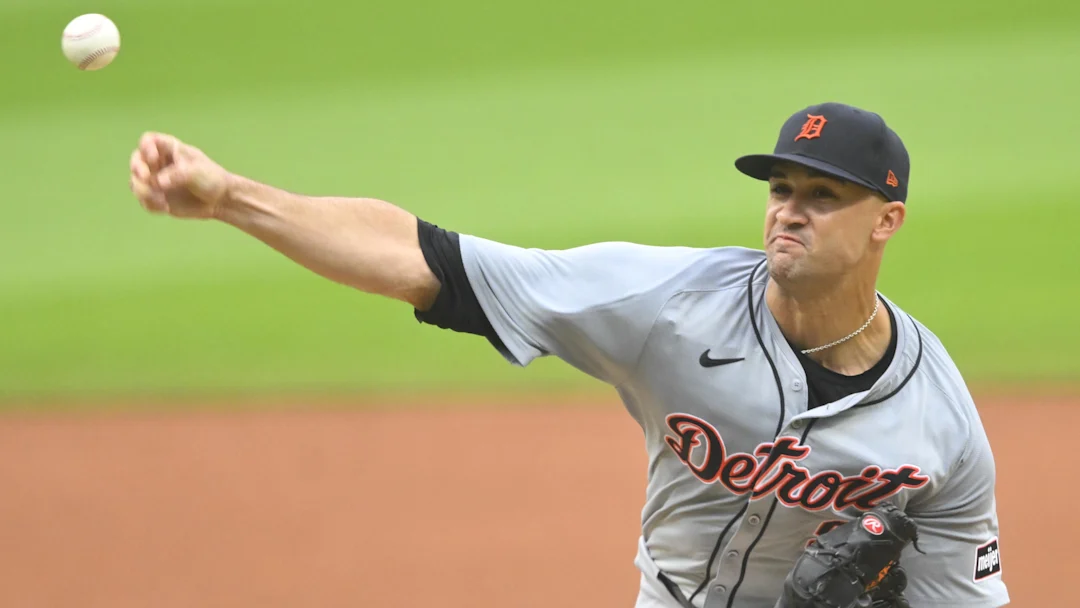
As Major League Baseball’s trade deadline approached this past August, the Detroit Tigers found themselves at a crucial crossroads. With a young, promising roster and a fanbase eager for a return to contention, the Tigers’ front office faced a pivotal decision: to buy, sell, or stand pat. Ultimately, the team’s actions—or lack thereof—have sparked an intriguing ‘what-if’ conversation among fans and analysts alike.
In the weeks leading up to the deadline, speculation swirled around potential deals involving key players. Names like Eduardo Rodriguez and Miguel Cabrera were thrown into the mix, raising questions about the team’s long-term strategy. Would trading away established players signal a rebuild, or could the Tigers find themselves in a position to compete sooner than expected?
The front office opted for a cautious approach, focusing on retaining core players while making strategic moves to bolster the team’s depth. They acquired a couple of minor-league prospects in exchange for veterans, preserving their talent pool while still signaling a commitment to development. However, this decision has left many wondering: What if the Tigers had gone all-in at the deadline?
One of the most notable opportunities missed was the chance to trade Rodriguez, who was having an impressive season and attracted interest from several contenders. Many analysts believe that dealing him could have yielded significant prospects, accelerating the Tigers’ rebuild. The thought of acquiring a top-100 prospect or a potential major league contributor in exchange for Rodriguez creates a tantalizing scenario for fans imagining a quicker path to contention.
Similarly, the decision to retain Cabrera, a franchise icon, has also stirred debate. While his leadership and experience are invaluable, the question lingers: could his value have been leveraged for a trade that would bring back young talent? The nostalgia surrounding Cabrera is palpable, but as the team grapples with its identity moving forward, the choice to keep him may complicate future roster decisions.
Looking ahead, the Tigers are at a crucial juncture. The front office’s cautious approach has kept them competitive in a challenging AL Central, yet the looming question remains: was this the right strategy? Some fans argue that making bold moves could have expedited the Tigers’ return to the postseason, while others see the value in building a sustainable future.
As the off-season approaches, the ‘what-if’ scenarios will only multiply. The organization must evaluate its current roster and make decisions that will impact its trajectory. The development of young stars like Riley Greene and Spencer Torkelson provides a glimmer of hope, but the Tigers need to complement this talent with strategic acquisitions or trades to become serious playoff contenders.
In the end, the Tigers’ trade deadline decisions may have been pragmatic, but they also highlight the delicate balance between short-term gains and long-term success. As fans reflect on the potential missed opportunities, they are reminded that every decision carries weight in the unforgiving landscape of .MLB
As the offseason unfolds, the Tigers will need to address these questions head-on. Will they double down on their current strategy, or will they pivot towards a more aggressive approach? Only time will tell, but the echoes of trade deadline ‘what-ifs’ will linger, shaping the narrative of the franchise’s future for years to come.
Leave a Reply